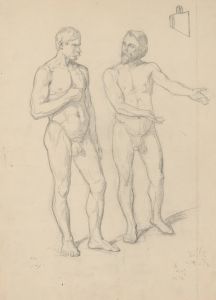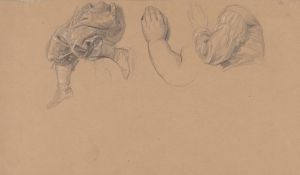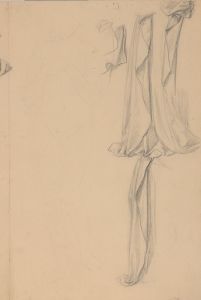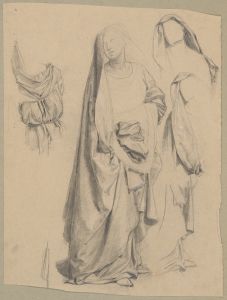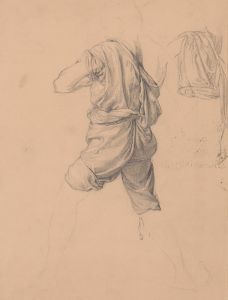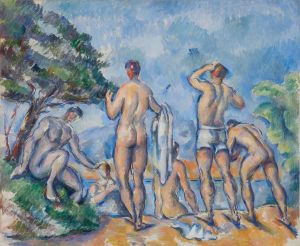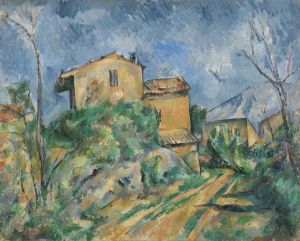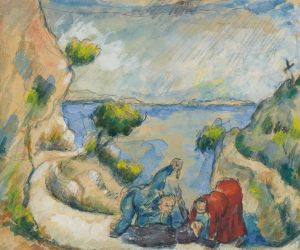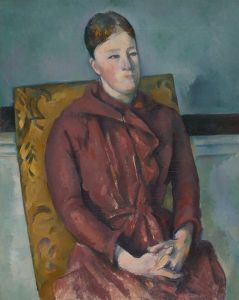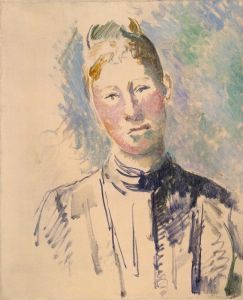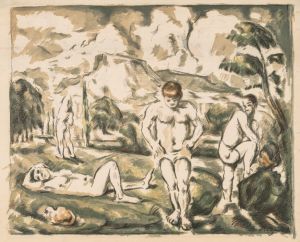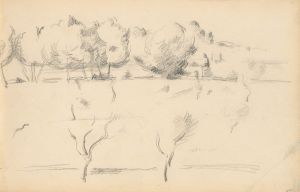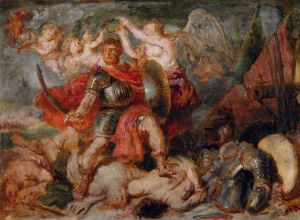
Study of the Allegorical Figure Bellona in Rubens’ ‘The Apotheosis of Henri IV’
A hand-painted replica of Paul Cézanne’s masterpiece Study of the Allegorical Figure Bellona in Rubens’ ‘The Apotheosis of Henri IV’, meticulously crafted by professional artists to capture the true essence of the original. Each piece is created with museum-quality canvas and rare mineral pigments, carefully painted by experienced artists with delicate brushstrokes and rich, layered colors to perfectly recreate the texture of the original artwork. Unlike machine-printed reproductions, this hand-painted version brings the painting to life, infused with the artist’s emotions and skill in every stroke. Whether for personal collection or home decoration, it instantly elevates the artistic atmosphere of any space.
Paul Cézanne, a pivotal figure in the transition from 19th-century Impressionism to 20th-century Cubism, is renowned for his unique approach to form and color. However, there is no widely recognized artwork titled "Study of the Allegorical Figure Bellona in Rubens’ ‘The Apotheosis of Henri IV’" attributed to Cézanne. This may be due to a lack of documentation or misattribution, as Cézanne's oeuvre primarily focuses on landscapes, still lifes, and portraits rather than studies of allegorical figures from other artists' works.
Peter Paul Rubens, a Flemish Baroque painter, created "The Apotheosis of Henri IV" as part of the Marie de' Medici cycle, a series of paintings commissioned by Marie de' Medici, the widow of King Henri IV of France. This cycle was intended to decorate the Luxembourg Palace in Paris and glorify the life and reign of Henri IV and Marie de' Medici. Rubens' work is characterized by its dynamic compositions, vibrant color palette, and dramatic use of allegory and mythology.
Bellona, the Roman goddess of war, is a figure that Rubens might have included in his allegorical compositions, given his penchant for incorporating mythological and allegorical figures to convey political and historical narratives. However, specific studies or depictions of Bellona by Cézanne, particularly in relation to Rubens' "The Apotheosis of Henri IV," are not documented in the existing literature on Cézanne's body of work.
Cézanne's artistic journey was marked by a deep engagement with the works of past masters, including Rubens, but his focus was more on exploring the underlying structures of nature and human perception rather than creating direct studies of specific figures from other artists' paintings. His innovative approach laid the groundwork for the development of modern art, influencing artists such as Pablo Picasso and Henri Matisse.
If there were a study by Cézanne of a figure from Rubens' work, it would likely reflect his interest in form and color rather than a direct replication of Rubens' style or subjects. Cézanne's method involved breaking down objects into geometric shapes and using color to model form, which was a departure from the more fluid and dynamic style of Baroque artists like Rubens.
In conclusion, while Cézanne's influence and interest in the works of earlier artists are well-documented, there is no specific information available on a piece titled "Study of the Allegorical Figure Bellona in Rubens’ ‘The Apotheosis of Henri IV’" by Paul Cézanne. This absence of information suggests that such a work may not exist or is not recognized within the established canon of Cézanne's art.





